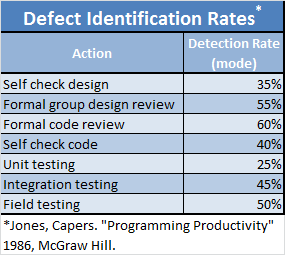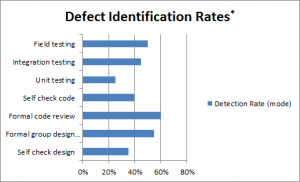The Cognitive Corporation™ – Effective BPM Requires Data Analytics
Tuesday, October 25th, 2011The Cognitive Corporation™ is a framework introduced in an earlier posting. The framework is meant to outline a set of general capabilities that work together in order to support a growing and thinking organization. For this post I will drill into one of the least mature of those capabilities in terms of enterprise solution adoption – Learn.
Business rules, decision engines, BPM, complex event processing (CEP), these all invoke images of computers making speedy decisions to the benefit of our businesses. The infrastructure, technologies and software that provide these solutions (SOA, XML schemas, rule engines, workflow engines, etc.) support the decision automation process. However, they don’t know what decisions to make.
The BPM-related components we acquire provide the how of decision making (send an email, route a claim, suggest an offer). Learning, supported by data analytics, provides a powerful path to the what and why of automated decisions (send this email to that person because they are at risk of defecting, route this claim to that underwriter because it looks suspicious, suggest this product to that customer because they appear to be buying these types of items).
I’ll start by outlining the high level journey from data to rules and the cyclic nature of that journey. Data leads to rules, rules beget responses, responses manifest as more data, new data leads to new rules, and so on. Therefore, the journey does not end with the definition of a set of processes and rules. This link between updated data and the determination of new processes and rules is the essence of any learning process, providing a key function for the cognitive corporation.

